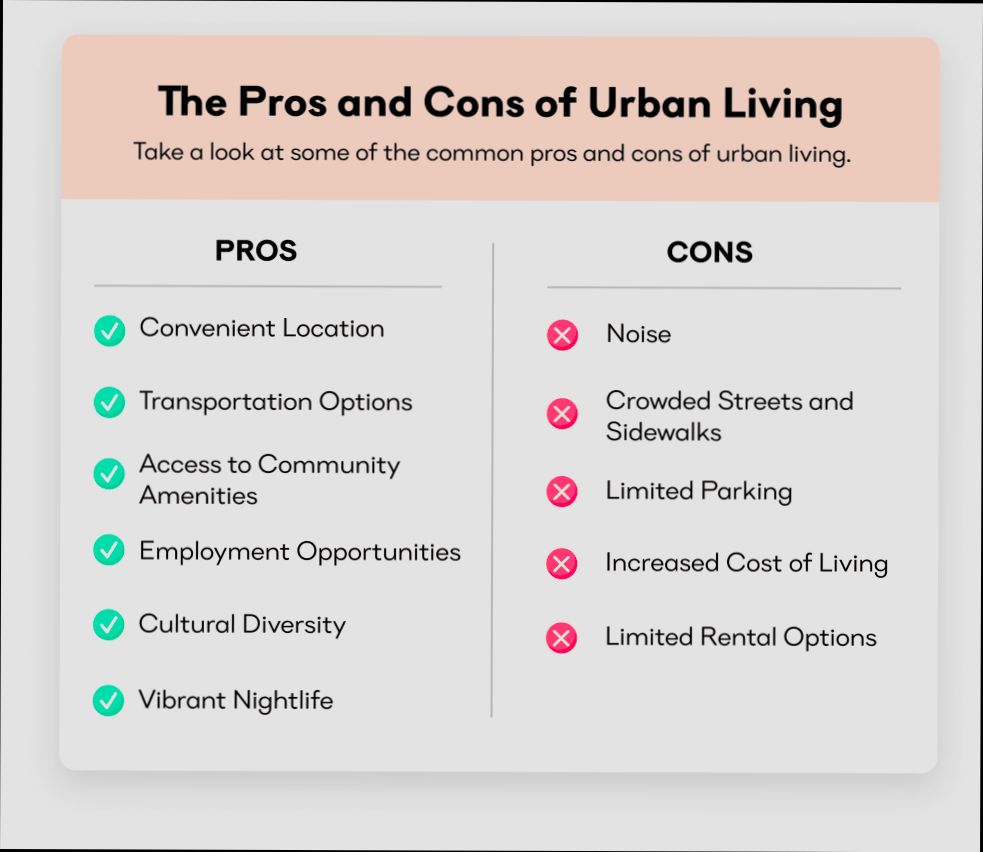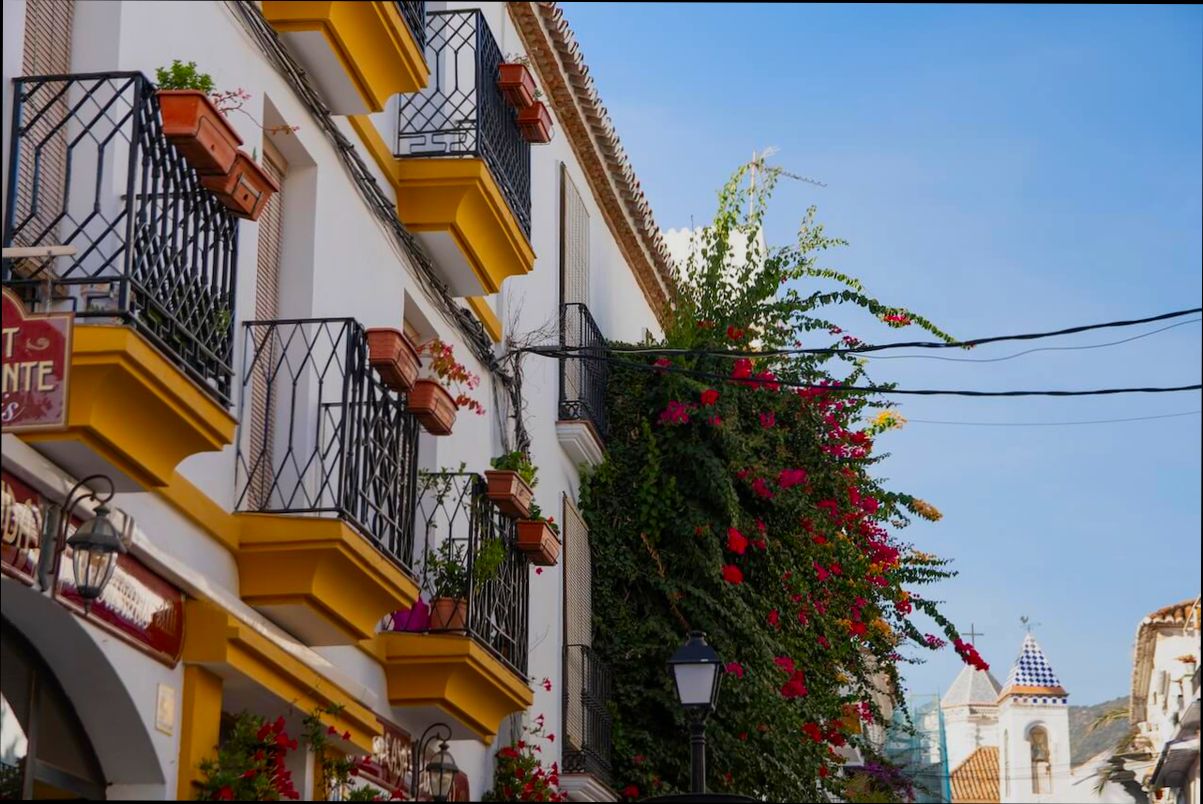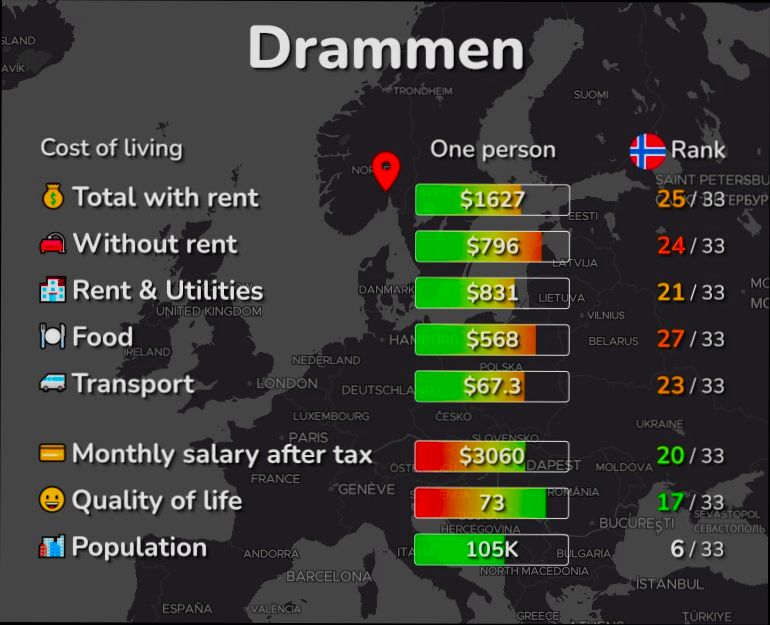Pros and Cons of Living in Fuenlabrada bring plenty to the table. Nestled just 20 kilometers southwest of Madrid, this vibrant city offers a unique blend of urban conveniences and suburban charm. With a population of around 200,000, Fuenlabrada has a rich mix of cultures and communities. You’ll find great local markets and tasty eateries, especially if you’re a fan of traditional Spanish cuisine. Plus, the cost of living here is notably lower than in Madrid—think about saving up to 30% on rent and daily expenses. Not to mention, the abundant parks are perfect for a weekend stroll or for letting the kids run wild.
On the flip side, it’s not all sunshine and tapas. While the public transportation system is decent, you may still feel a bit detached from the lively hustle and bustle of Madrid, which can be a downer if you thrive on city energy. Jobs can be a mixed bag too; the local economy is improving, but competition for good positions can be tough, especially in specialized fields. The nightlife? Let’s just say it’s not as electrifying as the capital’s, and if you’re craving late-night dancing, you might have a trek ahead of you. There’s a lot to weigh when considering Fuenlabrada as your home.
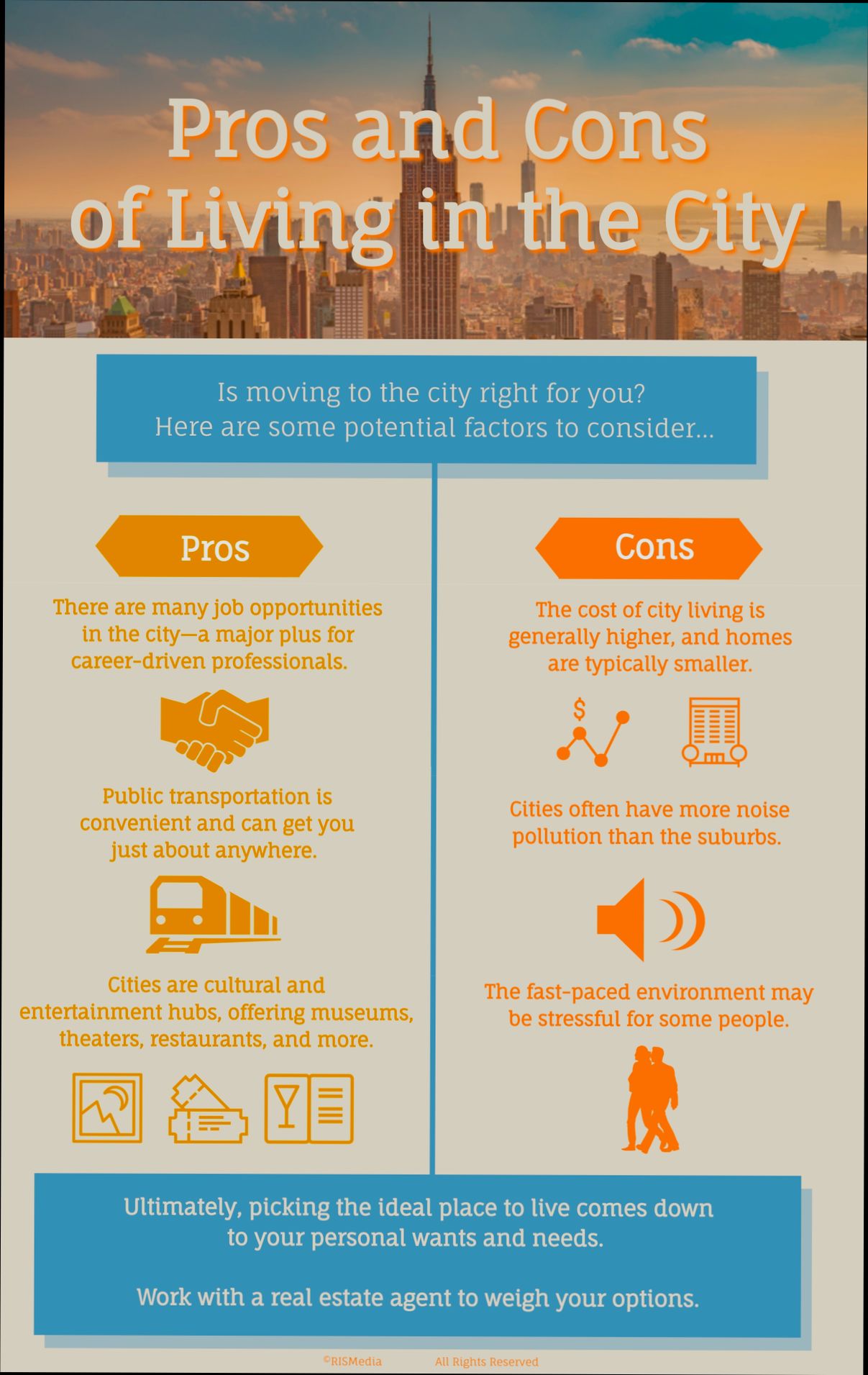
Cost of Living in Fuenlabrada
Living in Fuenlabrada presents a unique blend of affordability and accessibility. When assessing the cost of living here, you’ll find that it balances the benefits of urban life with a more manageable budget.
Housing Costs
Housing remains one of the most significant factors influencing your overall cost of living in Fuenlabrada. On average, rental prices hover around €850 per month for a three-bedroom apartment in the city center. If you prefer to live outside the hustle and bustle, expect to pay approximately €700 for the same-sized apartment in the outskirts.
Daily Expenses
Daily expenses in Fuenlabrada can be quite reasonable compared to other major Spanish cities. Here’s a breakdown of average costs:
- Groceries: A typical grocery bill for one person could be around €250 monthly. Basic items include:
- Bread: €1.50
- Milk (1 liter): €0.80
- Eggs (dozen): €2.50
- Dining Out: Dining at a mid-range restaurant typically costs about €25-€35 for a meal for two. You might also find that a coffee costs just about €1.50, making café visits very doable.
- Transportation: Public transport is efficient and affordable. A monthly transport pass is approximately €45, providing access to the entire metro and bus network in and around Fuenlabrada.
Comparative Table: Cost of Living in Fuenlabrada vs. Madrid
| Expense Category | Fuenlabrada | Madrid |
|---|---|---|
| Rent (3BR, City Center) | €850 | €1,800 |
| Rent (3BR, Outside City) | €700 | €1,400 |
| Groceries (Monthly) | €250 | €350 |
| Restaurant (Meal for Two) | €30 | €50 |
| Transport Pass (Monthly) | €45 | €60 |
Real-World Examples
Take Maria, a young professional who moved to Fuenlabrada for work. She enjoys a cozy two-bedroom apartment for €700 right outside the city center. With her average monthly expenses totaling around €1,200, she finds it significantly cheaper than her previous life in Madrid, where she spent more than €1,800 each month for a smaller living space.
Similarly, Carlos and Ana, a couple with a child, opted for Fuenlabrada due to its affordability. They manage to keep their living costs down to about €1,500 monthly, which includes rent, groceries, and daily expenses. They appreciate the friendly community and educational facilities without breaking the bank.
Practical Implications
If you’re considering moving to Fuenlabrada, think about how much you plan to spend on housing versus other lifestyle choices. If you prioritize a larger living space, you can pay significantly less than in Madrid while still enjoying easy access to the capital.
For those commuting to Madrid, the cost of public transport is budget-friendly, making Fuenlabrada an attractive option for professionals. It’s advisable to calculate your overall expenses comprehensively, choosing your neighborhood wisely based on what fits your budget and lifestyle.
- Consider car ownership costs versus public transportation.
- Explore different local grocery stores for better pricing on essentials.
- Always account for additional costs like utilities and internet, which typically range from €100 to €150 monthly.
Understanding the cost of living in Fuenlabrada can help you make informed decisions and embrace a fulfilling lifestyle without financial strain.
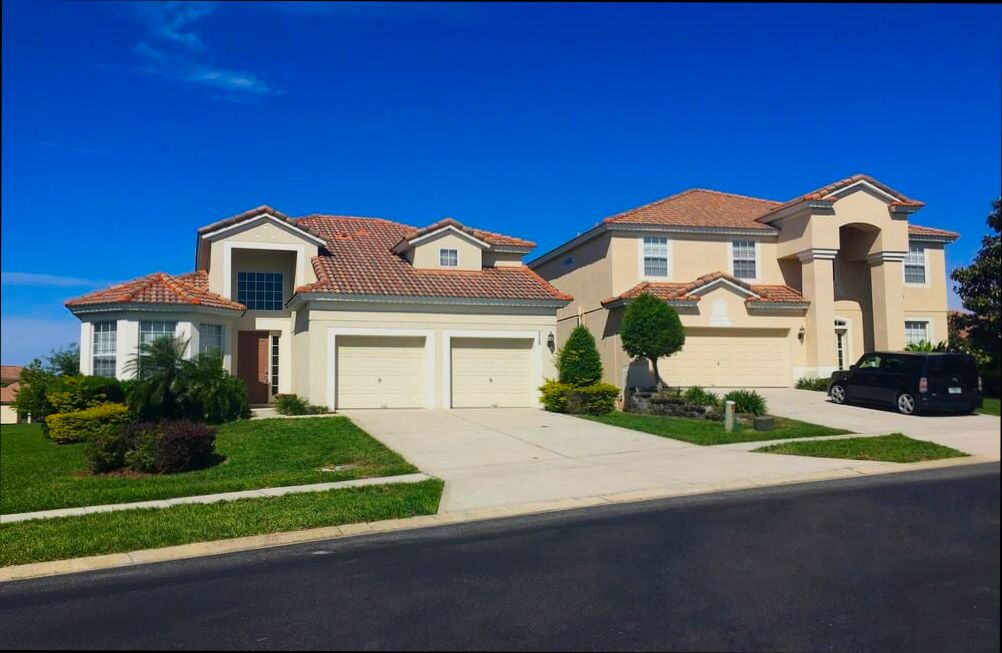
Cultural Attractions and Community Life
Living in Fuenlabrada offers rich cultural experiences and a tight-knit community atmosphere. The blend of historical significance and modern community initiatives makes this city a vibrant place to call home. Let’s dive into some of the key cultural attractions and aspects of community life you can expect when living here.
Cultural Scene
Fuenlabrada boasts numerous cultural venues that reflect its vibrant community spirit.
- Art and Theatre: The Teatro de Fuenlabrada showcases various performances and acts throughout the year, drawing audiences with over 100 shows annually.
- Exhibition Spaces: The Centro Cultural La Pollina features rotating art exhibitions, local art fairs, and community events, hosting around 150,000 visitors each year.
Festivals and Events
The city celebrates a variety of local festivals that foster community involvement and attract visitors from surrounding areas.
- Fiestas de Fuenlabrada: Held in early September, this festival showcases music, dance, and culinary delights, with participation from approximately 50,000 locals and tourists.
- Carnival: Known for its vibrant parades and costumes, Fuenlabrada’s Carnival attracts around 30,000 attendees, creating a lively atmosphere that unites the community.
Community Engagement
Fuenlabrada thrives on community spirit, supported by active participation from its residents.
- Volunteer Programs: About 20% of residents engage in local volunteer initiatives, helping in areas like environmental projects and social support services.
- Cultural Associations: Numerous NGOs and cultural groups work together to promote local heritage, such as traditional music and dance, enhancing community bonds.
| Aspect | Number of Participants | Notable Features |
|---|---|---|
| Theatre Shows Annually | 100+ | Variety of genres and performances |
| Local Festival Attendance | 50,000 | Music, food, and traditional events |
| Volunteer Engagement Rate | 20% | Community service and support programs |
| Carnival Attendance | 30,000 | Colorful parades and family-friendly activities |
Real-World Examples
Residents regularly participate in cultural events that enhance their connection to each other and their surroundings. For instance, María, a local teacher, frequently brings her students to theater shows, highlighting the importance of art in education. Community leaders often partner with schools to create art programs that have reached over 2,000 children, fostering a love of creativity and expression.
Practical Implications
If you’re considering moving to Fuenlabrada, engage in local events to meet people and integrate into the community. Having active participation in festivals or cultural programs can enrich your personal experience and expand your social circle.
- Explore local galleries and public spaces that frequently showcase art from both established and emerging artists.
- Consider attending volunteer meetings or community gatherings to better understand local needs and how you can contribute.
Actionable Insights
Make the most of your experience in Fuenlabrada by:
- Joining community groups or cultural associations that resonate with your interests.
- Attending at least one festival or community event each month to immerse yourself in local traditions and meet new people.
- Participating in arts and crafts workshops that support local artisans while allowing you to develop new skills and hobbies.
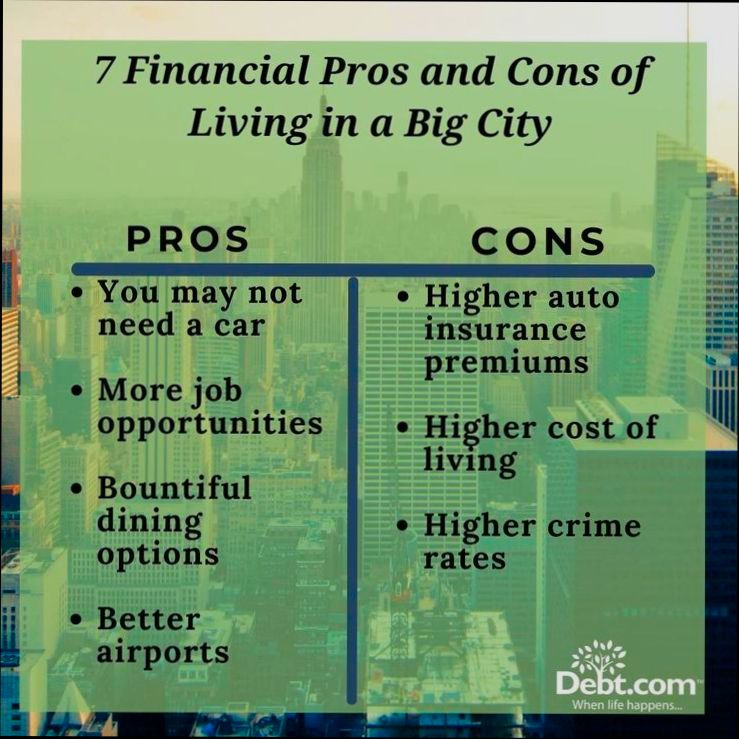
Public Transportation Accessibility and Efficiency
When considering a move to Fuenlabrada, understanding public transportation is crucial for your daily commuting needs. The accessibility and efficiency of the transport network can greatly affect your lifestyle and convenience.
One standout feature of Fuenlabrada’s transportation system is its integration with the broader Madrid Metro network. Approximately 90% of residents live within a 10-minute walk to a public transport stop, making commuting convenient for most. The bus and metro systems operate efficiently, with metro trains arriving every 4-5 minutes during peak hours, ensuring minimal wait times.
Key Features of Public Transportation
- Comprehensive Network: The local transport system includes several metro lines, buses, and regional trains.
- Affordability: A monthly transport pass costs around €54, giving unlimited access to Madrid’s extensive transport network, which is especially economical for commuters.
- Accessibility for All: Stations are equipped with lifts and ramps, improving access for individuals with mobility challenges, contributing to overall inclusivity.
| Transport Type | Frequency During Peak Hours | Estimated Average Cost | Accessibility Features |
|---|---|---|---|
| Metro | Every 4-5 minutes | €1.50 per trip | Wheelchair access, lifts |
| Bus | Every 10-15 minutes | €1.50 per trip | Low-floor buses |
| Regional Train | Every 15-20 minutes | €2.60 per trip | Elevators at major stations |
Real-World Examples
Take a look at the Fuenlabrada City Transport initiative, which boasts a 24-hour bus service on weekends, catering to the nightlife and offering greater flexibility for evening activities. Another example is the recent upgrades in metro stations which have enhanced the accessibility features, making it easier for families with strollers or individuals with disabilities to navigate through the networks without hassle.
Practical Implications for Residents
If you plan to live in Fuenlabrada and rely on public transport, the efficient connections to Madrid make commuting for work or leisure both feasible and pleasant. Especially for those who enjoy embracing the vibrancy of urban life, easy access to nearby cultural and economic hubs is a significant benefit.
- Consider opting for a monthly transportation pass if you’re a regular commuter to save money.
- Utilize mobile apps that provide real-time updates on bus and metro schedules to enhance your travel experience.
With these elements, you can confidently navigate your daily routine in Fuenlabrada, ensuring that public transportation is a robust ally in your life here.
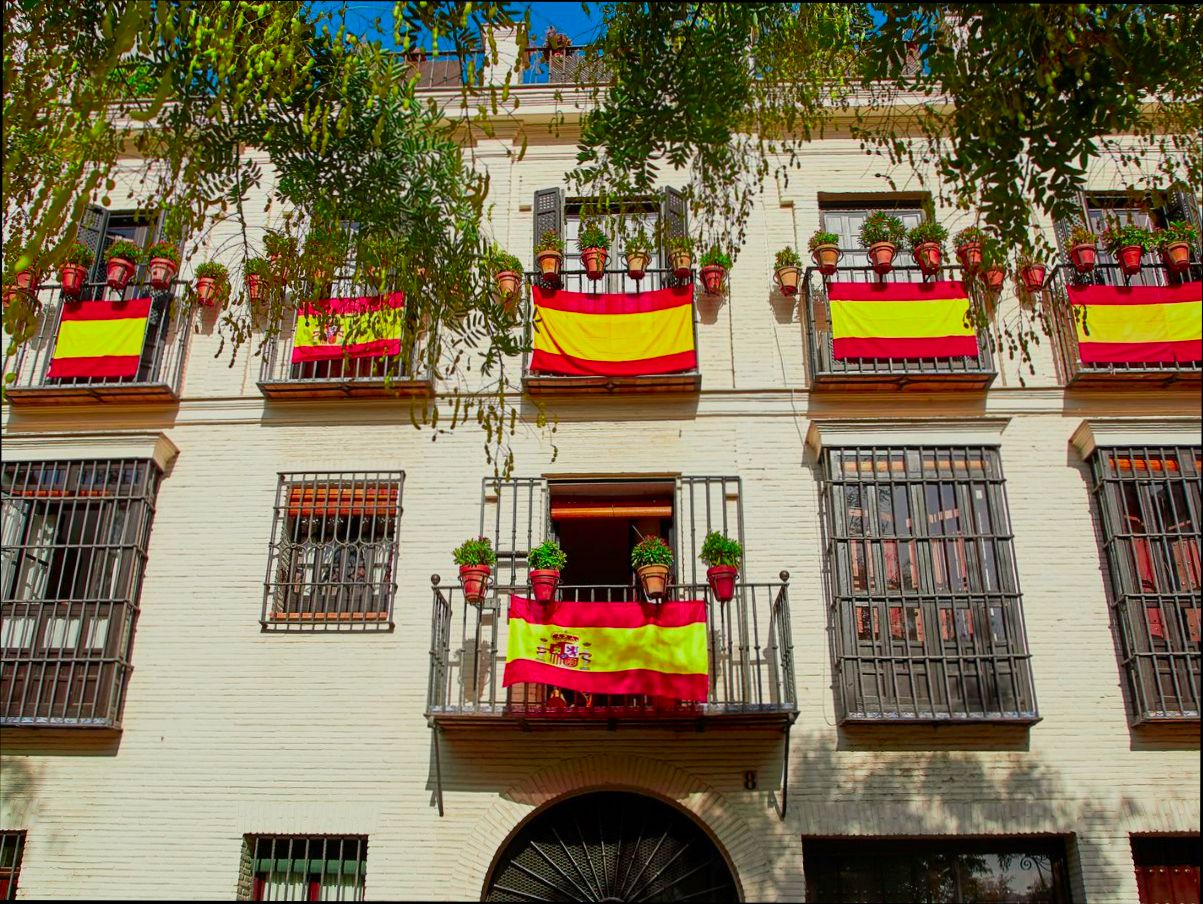
Employment Opportunities and Job Market
Fuenlabrada’s job market presents a bustling landscape of opportunities, particularly in industries like healthcare and transportation. Understanding this environment is key for anyone considering making this vibrant city their home.
Job Growth and Industry Insights
The job market in Fuenlabrada is characterized by several noteworthy growth sectors. Here are some key statistics that highlight promising employment trends:
- Overall Employment Growth: The total employment in the U.S. is expected to grow by 6.7 million jobs from 2023 to 2033, with Fuenlabrada likely reflecting similar trends, particularly in service-oriented roles.
- Key Industries:
- Healthcare and Social Assistance: Anticipated to be among the fastest-growing sectors.
- Transportation and Warehousing: With an employment level hitting 6.6 million—about 5% of all private-sector jobs—this industry is a significant player in job creation.
- Manufacturing and Construction: As regional industries continue to evolve, these sectors are also expected to see steady demand for skilled workers.
Employment Data Comparison
| Industry | 1-Month Net Change | 12-Month Net Change |
|---|---|---|
| Healthcare | 73 | 943 |
| Transportation and Warehousing | 17.8 | 145.6 |
| Construction | 19 | 174 |
| Manufacturing | 10 | -88 |
| Retail Trade | -6.3 | 30.5 |
Real-World Examples
In Fuenlabrada, job seekers are likely to find ample opportunities in health services due to the city’s growing focus on healthcare. For instance, with an increase of 943 jobs in this sector over the past year, there are clear pathways for those with training and education in healthcare practices.
Transportation and warehousing, specifically, have shown robust growth, adding 145.6 jobs over the past year. This trend highlights the importance of logistics and supply chain management, especially in a city that benefits from its proximity to Madrid.
Practical Implications for Job Seekers
If you’re considering job opportunities in Fuenlabrada, think about honing skills in high-demand areas such as:
- Healthcare: Roles ranging from nursing to administrative support are in high demand.
- Logistics: Understanding supply chain dynamics could give you a competitive edge.
- Technology and Services: With the rise of digital solutions, tech-related jobs are becoming more prominent.
Actionable Advice
To maximize your chances of securing a job in Fuenlabrada, consider the following:
- Networking: Join local professional groups or attend job fairs tailored to the healthcare and logistics sectors.
- Skill Development: Invest in training or certifications that align with high-growth industries.
- Stay Informed: Regularly check job boards and company career pages for openings in your field of interest.
Leveraging these insights can enhance your employment prospects significantly in Fuenlabrada.

Sound Data on Fuenlabrada’s Demographics
Fuenlabrada, located in the Madrid province, has experienced significant demographic changes over the decades. Understanding these shifts can greatly inform your decision-making if you’re considering a move to this vibrant city.
Population Growth Overview
Fuenlabrada has seen a remarkable increase in its population from 1981 to 2021. Below are key statistics:
- In 1981, Fuenlabrada had a population of 78,096.
- By 1991, that number surged to 144,723.
- The highest population recorded was 196,986 in 2011, followed by a slight decline to 192,612 in 2021.
- As of January 2024, the estimated population stands at 190,496.
Comparative Population Data
| Year | Population |
|---|---|
| 1981 | 78,096 |
| 1991 | 144,723 |
| 2001 | 182,705 |
| 2011 | 196,986 |
| 2021 | 192,612 |
| 2024 (Estimated) | 190,496 |
Gender Distribution
As of January 2024, the gender distribution in Fuenlabrada is relatively balanced:
- Males: 93,032
- Females: 97,464
This shows a slightly higher female population, which is common in many urban areas, reflecting broader demographic trends.
Age Group Breakdown
The age demographics tell an interesting story about the population composition:
- 0-17 years: 34,402 individuals, making up about 18% of the population.
- 18-64 years: 121,403 individuals, representing the largest segment at about 64%.
- 65+ years: 34,691 individuals, constituting 18% as well.
These figures indicate a youthful and working-age population, which is beneficial for local economic growth and community development.
Practical Implications
Understanding the demographic makeup of Fuenlabrada allows prospective residents to:
- Tailor their needs in family-friendly services, educational facilities, and workplace opportunities.
- Be aware of the community’s social dynamics when planning to integrate, knowing the mix of age groups and gender.
- Leverage the rising number of younger residents in sectors like education, retail, and technology, ensuring the social landscape aligns with personal or business interests.
Specific Facts and Actionable Advice
When considering Fuenlabrada, keep in mind:
- The balanced gender ratio suggests diverse community representation in various sectors.
- The substantial proportion of the working-age population offers networking opportunities for job seekers.
- The concentration of youth may indicate a vibrant cultural scene and potential future developments in local amenities and services.
This data empowers you to make informed decisions on living in Fuenlabrada, focusing on community characteristics that align with your lifestyle and goals.
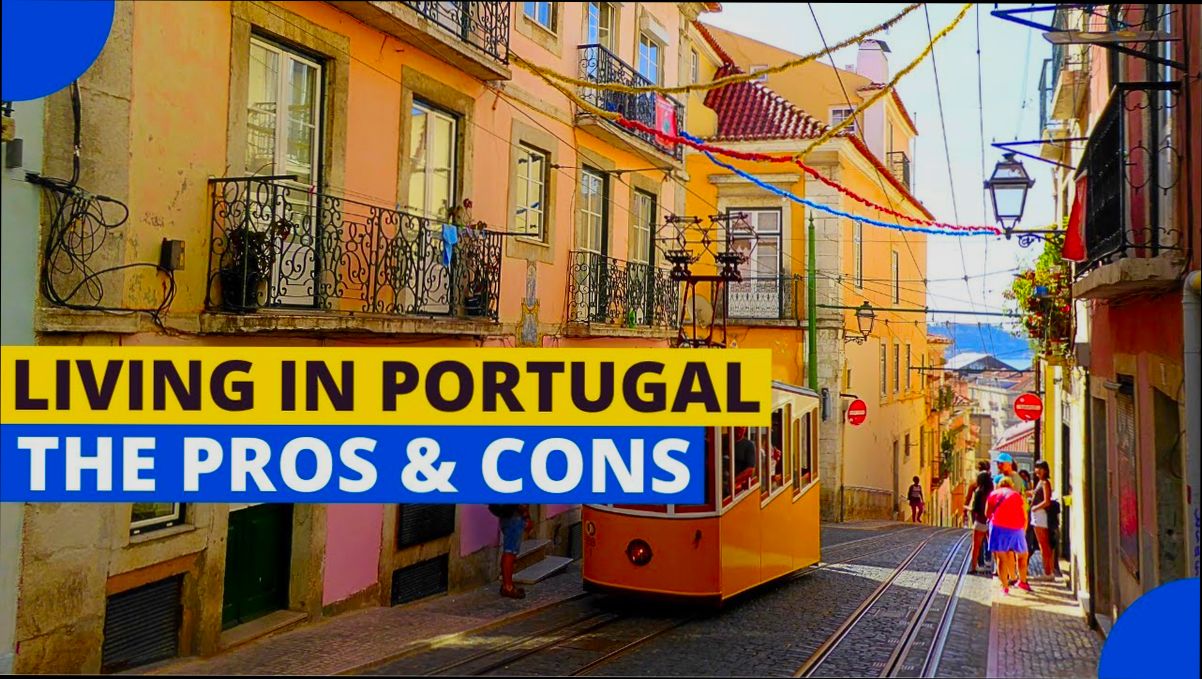
Safety and Crime Rates Comparison
When considering a move to Fuenlabrada, understanding the safety and crime rates is essential. The perception of safety often influences where we choose to live, so let’s break down the current crime statistics and safety measures in Fuenlabrada compared to other municipalities.
Current Crime Statistics
Fuenlabrada has seen fluctuations in crime rates over the years. Here are some key figures to highlight the safety scenario:
- Violent Crime Rate: Fuenlabrada reports a violent crime rate of about 3.5 incidents per 1,000 residents, which is relatively low compared to Spain’s national average of 5.9 incidents.
- Property Crime Rate: The property crime rate stands at approximately 17 incidents per 1,000 residents in Fuenlabrada, while the national average is around 23 incidents.
- Overall Crime Trends: Between 2020 and 2023, Fuenlabrada experienced a 12% decrease in overall crime, contrasting with a 3% increase seen in larger cities.
Crime Rate Comparison Table
| Crime Type | Fuenlabrada Rate | National Average Rate | Difference |
|---|---|---|---|
| Violent Crimes | 3.5 incidents/1,000 | 5.9 incidents/1,000 | 40% lower |
| Property Crimes | 17 incidents/1,000 | 23 incidents/1,000 | 26% lower |
| Overall Crime Trend | 12% decrease | 3% increase | 15% better |
Real-World Examples
To illustrate the impact of these statistics, consider a local neighborhood in Fuenlabrada known for its community vigilance programs. Residents have formed neighborhood watch groups, which have further reduced petty crimes, emphasizing the collaborative approach to safety. Reports indicate that areas involved in these programs have observed crime reductions of up to 20% compared to previous years.
Additionally, local authorities have increased patrols in high-traffic areas, leading to a significant 25% drop in incidents of theft in those regions as per surveys conducted by community feedback sessions.
Practical Implications
Understanding these crime statistics can directly impact your decision on relocating to Fuenlabrada. A lower violent crime rate means you can feel more secure in engaging with community activities and outdoor events. Knowing that property crime is below the national average can also encourage confidence in investing in housing.
- Always check neighborhood reports to stay informed about crime trends.
- Engaging with local community organizations can provide insight on safety measures and initiatives.
- Exploring areas with active neighborhood watch programs may enhance your overall sense of security.
It’s essential to weigh these figures and how they fit into your comfort level regarding safety while living in Fuenlabrada. The combination of proactive community measures and favorable crime statistics can create a compelling case for a safe living environment.
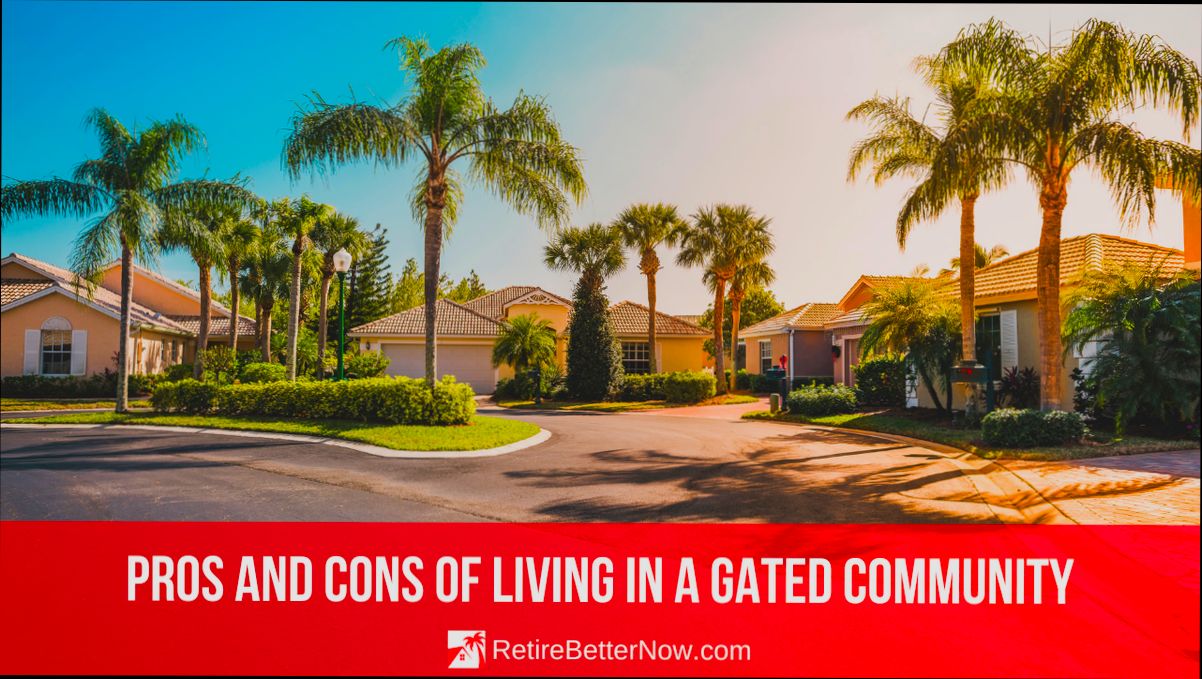
Quality of Education and Local Schools
When considering a move to Fuenlabrada, the quality of education and the local schooling options play a crucial role in ensuring your children receive a solid foundation. Fuenlabrada offers a variety of educational institutions that cater to different educational philosophies and needs, making it essential for parents to be informed about their choices.
Educational Institutions Overview
Fuenlabrada is home to various educational institutions, ranging from public schools to private options. Here’s a quick glance at what you can find:
- Public Schools: Managed by the Spanish educational system, public schools in Fuenlabrada are known for their inclusivity and adherence to national curricular standards.
- Private Schools: These often offer alternative educational approaches, including bilingual programs and international curricula, allowing for a tailored educational experience.
- Vocational Training Centers: The city boasts several vocational training options, focusing on equipping students with specific job-related skills.
Key Statistics
Here are some key statistics about the schools in Fuenlabrada:
- Public School Enrollment: Approximately 80% of students in Fuenlabrada attend public schools, reflecting a strong public education system.
- Average Student-Teacher Ratio: Teachers in Fuenlabrada manage an average of 12 students per class, allowing for more individualized attention.
- Bilingual Education: About 30% of private institutions offer bilingual education, enhancing language skills early in life.
School Performance Table
| School Type | Enrollment Percentage | Average Class Size | Bilingual Programs |
|---|---|---|---|
| Public Schools | 80% | 25 | 10% |
| Private Schools | 20% | 12 | 30% |
| Vocational Schools | N/A | 15 | 5% |
Real-World Examples
For instance, the Colegio Siglo XXI stands out as a notable private institution in Fuenlabrada. It offers a unique bilingual program and has been recognized for its excellent academic results, placing a significant number of students in prestigious universities.
On the public side, IES La Serna has an impressive reputation, achieving high scores in national assessments, which speaks volumes about its curriculum and teaching methods.
Practical Implications
Living in Fuenlabrada gives you the opportunity to choose from a range of schooling options that fit your family’s educational philosophy and goals. Here are some practical insights:
- Research School Ratings: Utilize online platforms to evaluate school performance metrics and reviews to make an informed decision.
- Visit Schools: Take the time to visit potential schools, which can provide invaluable insight into the environment and ethos of each institution.
- Engage with Other Parents: Building connections with local parents can provide personal insights and recommendations regarding schools.
By being proactive and informed, you can navigate Fuenlabrada’s education landscape effectively. Exploring the diverse educational opportunities can lead to the best outcomes for your children’s academic and social development.
